4 Things to Consider in Retirement to Make Your Money Last
Once you're in the distribution phase of your financial life, you need to focus on preserving your wealth by managing risk and being tax efficient.
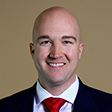
In the years leading up to retirement, you can keep your financial focus pretty simple. It's all about working and accumulating money.
But the closer you get to actually calling it quits—and permanently stopping those paychecks—the more important it is to drill down a little deeper, to make sure you have a plan in place to help you preserve your wealth so that it lasts for as long as you live.
Here are four things to consider in retirement:
From just $107.88 $24.99 for Kiplinger Personal Finance
Be a smarter, better informed investor.

Sign up for Kiplinger’s Free Newsletters
Profit and prosper with the best of expert advice on investing, taxes, retirement, personal finance and more - straight to your e-mail.
Profit and prosper with the best of expert advice - straight to your e-mail.
1. Be tax efficient.
It's what you have left after taxes that counts.
If you've been preparing for your eventual retirement, you've likely been putting money, tax-deferred, into a traditional 401(k) or individual retirement account for years. It might even be your largest asset, maybe worth more than your home.
But getting excited about the number on your statement is kind of like celebrating the score at halftime. You aren't in the clear yet. The government is going to expect you to pay taxes on that money when you take it out on the back end. And if you take it out in a rising tax environment (which, let's face it, is likely to happen in a country saddled with trillions in debt), you're probably going to be giving more to Uncle Sam and putting less in your own pocket.
There are ways to be tax efficient when it's time to start taking withdrawals, but you have to have a plan. You might consider, for example, a Roth IRA conversion, which would have you pay tax today at lower rates in exchange for future tax-free growth, helping to offset your future tax liabilities in the event rates rise. Another consideration may be offsetting your retirement account tax liability with tax-free life insurance.
So the million-dollar question (perhaps literally) is: When is the last time your financial professional asked to see a copy of your tax return?
I don't prepare taxes. I don't want to prepare taxes. But I know my way around a tax return. I know what to look for, and I can give more actionable advice from a financial standpoint by knowing your tax situation.
If your adviser hasn't looked at your return and hasn't talked to your tax preparer or your attorney, that may be a red flag.
2. Develop an income plan.
When you get to retirement, the whole idea is that you've saved enough money that you can make that leap. You can say, "Okay, I did it; I finally can stop working."
Your Social Security and pension (if you have one) probably aren't going to be enough to replace that regular paycheck, so you'll have to use your savings to generate income.
That means you have to know your number.
How much do you need to have coming in every month? And what is the rate of return you'll need to have every year to generate that income?
Depending on what financial vehicles are in your portfolio, your income is going to come from two places. The first is dividends—cash flow from the investments you own. The other is market returns, which rely heavily on hope—hope that the markets behave, that the Federal Reserve keeps interest rates low, that the circus in Washington works out, that there isn't a terrorist attack. As investors, we hope all these things because they affect the stock market.
How much are you relying on hope? Let's say you decide you need 6% a year to live off of during retirement. If you buy a low-cost index fund, which is what some people say you should do, and it pays 2% in dividends, the other 4% is coming from hope. Two-thirds of your return expectation is coming from something outside your control.
An income-focused plan can help take the burden off hope and give you more confidence in your financial future. Focusing on higher dividend paying blue chip stocks, preferred stocks or other durable income producing investments (real estate, for example) rather than a buy-hold-and-pray index fund may help generate your needed retirement income.
3. Control the downside.
Losses in retirement hurt more than gains help.
Imagine your friend has a $1 million portfolio. And in one year, it goes up 60%, so he has $1.6 million.
Meanwhile, you had $1 million, and you made 30% that year. You came out at $1.3 million —not nearly as much as your friend—who no doubt has been bragging at the golf course.
But the next year, he doesn't do so well. He loses 40% and now has $960,000. You lose too, but just 10%. So you have $1,170,000 in your account.
You both have an average return of 10% per year, but you have more money.
Financial advisers and some investors (like your friend) like to talk about average returns. But in retirement, when losses really count because you're no longer contributing, it's the real return that matters. Managing the downside risk can help keep you afloat.
4. Build your fiscal house as you would a real house.
Of course you want to start with a strong foundation, with money that's principal protected, such as certificates of deposit, fixed annuities and government bonds. But you also need a roof—what I call your risk money. You wouldn't risk it unless your objective was to get high growth. This is money you could lose due to forces outside your control. That's anything that trades on an open market—stocks, mutual funds, exchange traded funds, variable annuities, currencies and commodities.
The walls of the fiscal house are made of investments meant to provide various benefits, such as income, cash flow and inflation protection. They might include private investments—such as opportunistic real estate, senior secured debt, core equipment and private equity—that aren't correlated to the stock market.
Now you have to determine how much you should have at each level.
Start at the top. For risk, you might follow the prudent investor rule: take 100 minus your age. If you're 65, 35% is the maximum you should have in the roof. And you can build out the rest of the house from there, depending on your needs.
Just as you wouldn't go without a blueprint when building a real house, you shouldn't skip this stage in retirement.
Pull all the parts of your plan together now, and you'll be far more comfortable when that much-desired retirement day comes.
Curvin E. Miller IV is vice president of Russell & Company Total Wealth Management. He is a Chartered Retirement Planning Counselor designee through the College of Financial Planning, has passed the Series 7 and 66 exams and is a licensed insurance professional.
Kim Franke-Folstad contributed to this article.
Securities offered through Kalos Capital, Inc. Member FINRA / SIPC. Investment Advisory Services offered through Kalos Management, Inc. 11525 Park Woods Circle, Alpharetta, GA 30005, (678) 356-1100. Russell & Company is not an affiliate or subsidiary of Kalos Capital, Inc. or Kalos Management, Inc.
Profit and prosper with the best of Kiplinger's advice on investing, taxes, retirement, personal finance and much more. Delivered daily. Enter your email in the box and click Sign Me Up.

Curvin E. Miller IV is vice president of Russell & Company Total Wealth Management. He is a Chartered Retirement Planning Counselor designee through the College of Financial Planning, has passed the Series 7 and 66 exams and is a licensed insurance professional. He was named one of the Top 18 Alumni from 2004 to 2013 by his alma mater, Miami University in Ohio. Miller co-hosts the weekly "Retirement Rescue Radio" show. He is a longtime swimmer and loves mountain biking.
-
 The Upscale Upgrades Coming to a Country Club Near You
The Upscale Upgrades Coming to a Country Club Near YouYoung country club members expect more from their fees than access to a golf course. From teen rec rooms to red-light therapy, this is how clubs are upgrading.
-
 I claimed Social Security six months ago at 62, but my checks are too small. What are my options?
I claimed Social Security six months ago at 62, but my checks are too small. What are my options?We asked financial experts for advice.
-
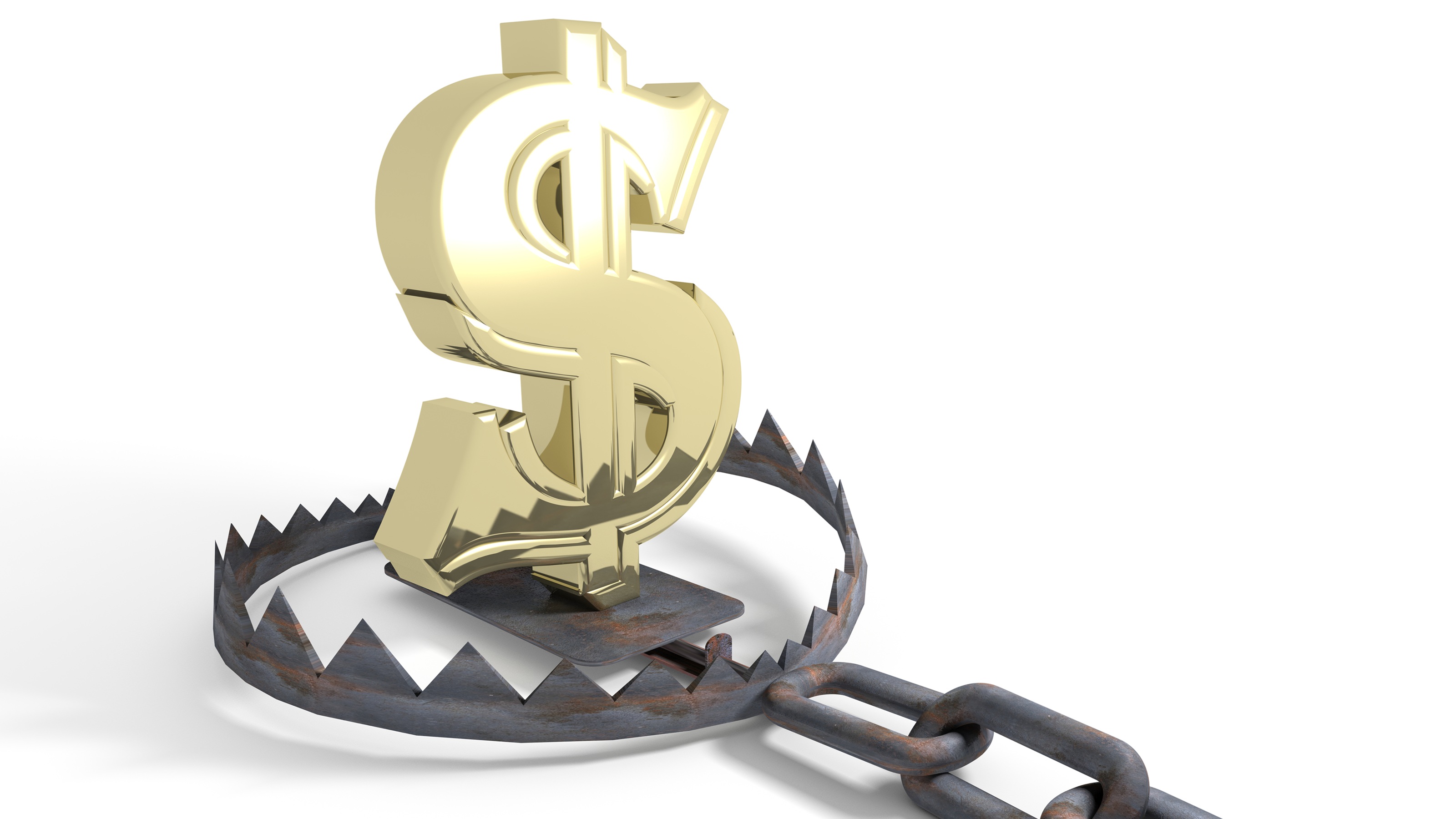 Five Retirement Planning Traps You Can't Afford to Fall Into, From a Wealth Adviser
Five Retirement Planning Traps You Can't Afford to Fall Into, From a Wealth AdviserTo help ensure you reach your savings goals and enjoy financial security in your golden years, be aware of these common pitfalls. The key is to be proactive, informed and flexible.
-
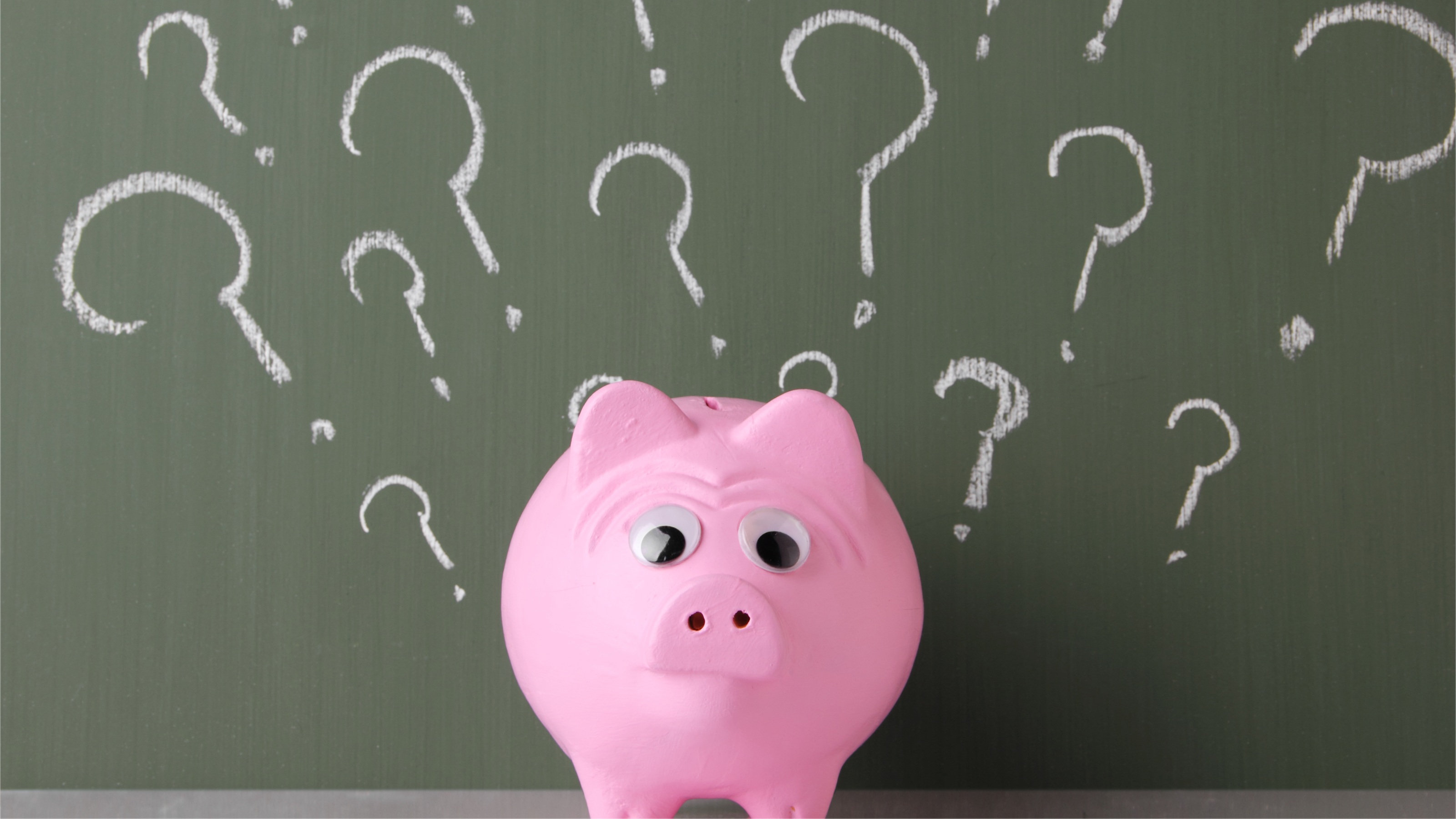 Your 401(k) Can Now Include Alternative Assets, But Should It? A Financial Adviser Weighs In
Your 401(k) Can Now Include Alternative Assets, But Should It? A Financial Adviser Weighs InMany employer-sponsored plans offer limited investment options, which can stunt growth. But participants considering alternatives might need some sound advice to get the most from their accounts.
-
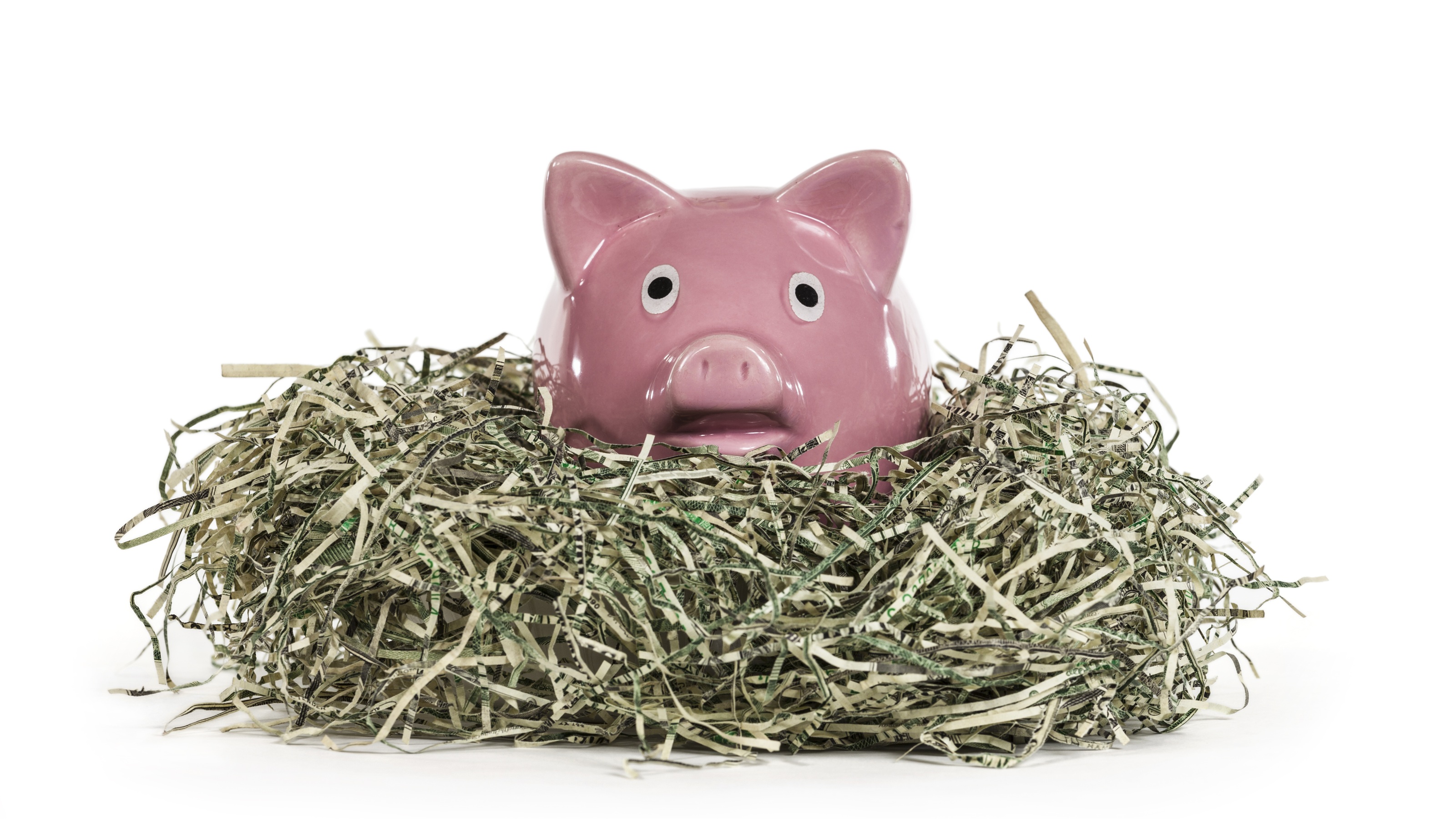 Will Taxes Shred Your 401(k) or IRA During Your Retirement? It's Very Likely
Will Taxes Shred Your 401(k) or IRA During Your Retirement? It's Very LikelyConventional wisdom dictates that you save in a 401(k) now and pay taxes later, but turning that rule on its head could leave you far better off. A financial planner explains why.
-
 More Retirees Are Renting: Should You? A Financial Adviser Weighs In
More Retirees Are Renting: Should You? A Financial Adviser Weighs InIn some ways, renting is cheaper, more flexible and easier, but unless you understand the implications for your taxes and health costs, it might not be for you.
-
 I'm a Real Estate Investing Pro: This 1031 Exchange Strategy Can Triple Your Cash Flow
I'm a Real Estate Investing Pro: This 1031 Exchange Strategy Can Triple Your Cash FlowSavvy investors can use 1031 exchanges to unlock value by moving capital across markets in a play called geographic arbitrage. These tax implications can make or break the strategy.
-
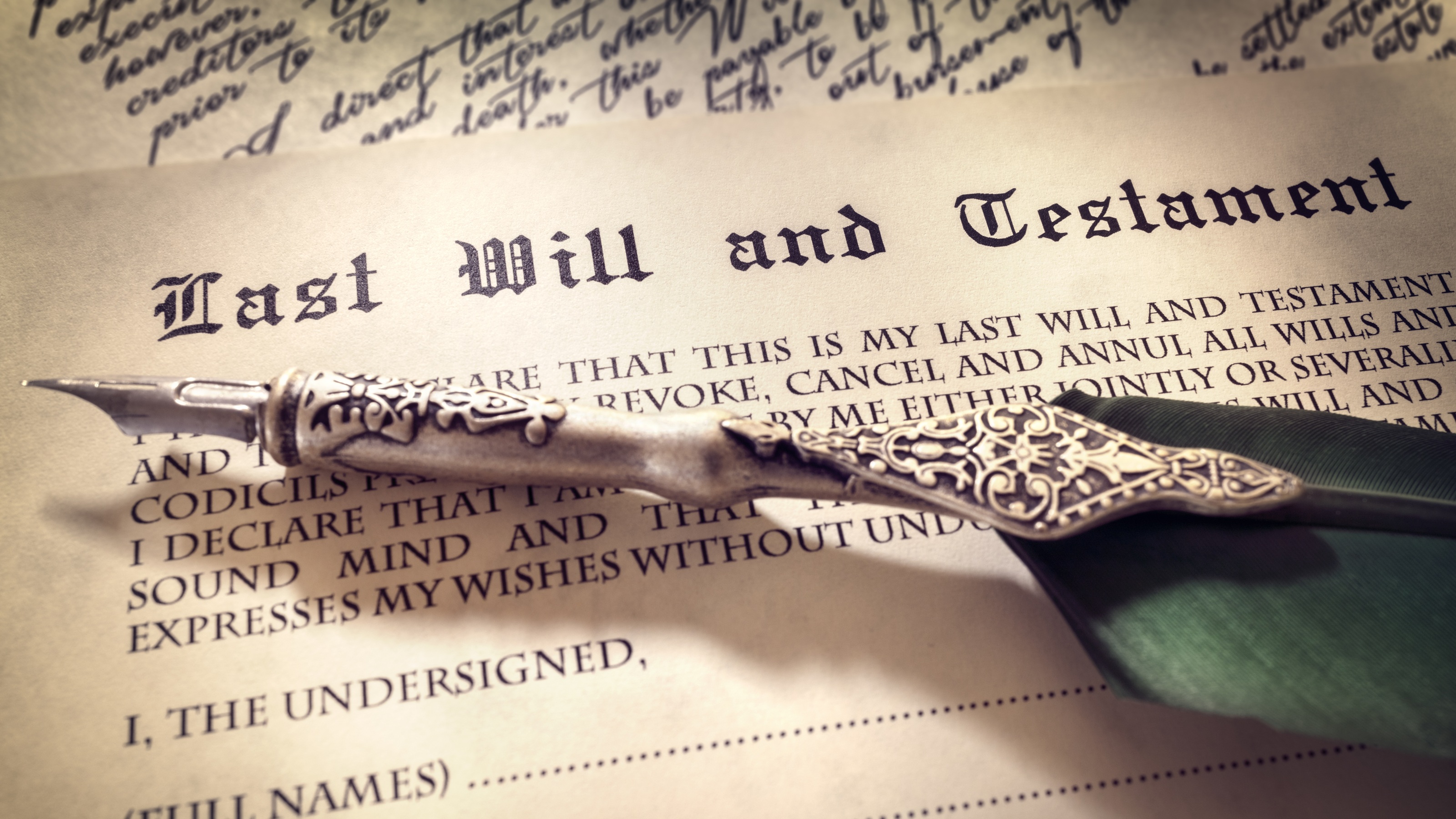 Where There's a Will, There's a Way Your Assets Will Be Distributed as You Wish
Where There's a Will, There's a Way Your Assets Will Be Distributed as You WishYour will is the backbone of a strong, adaptable estate plan that ensures what you leave behind goes to your selected beneficiaries. Without a will, state laws determine who gets your assets.
-
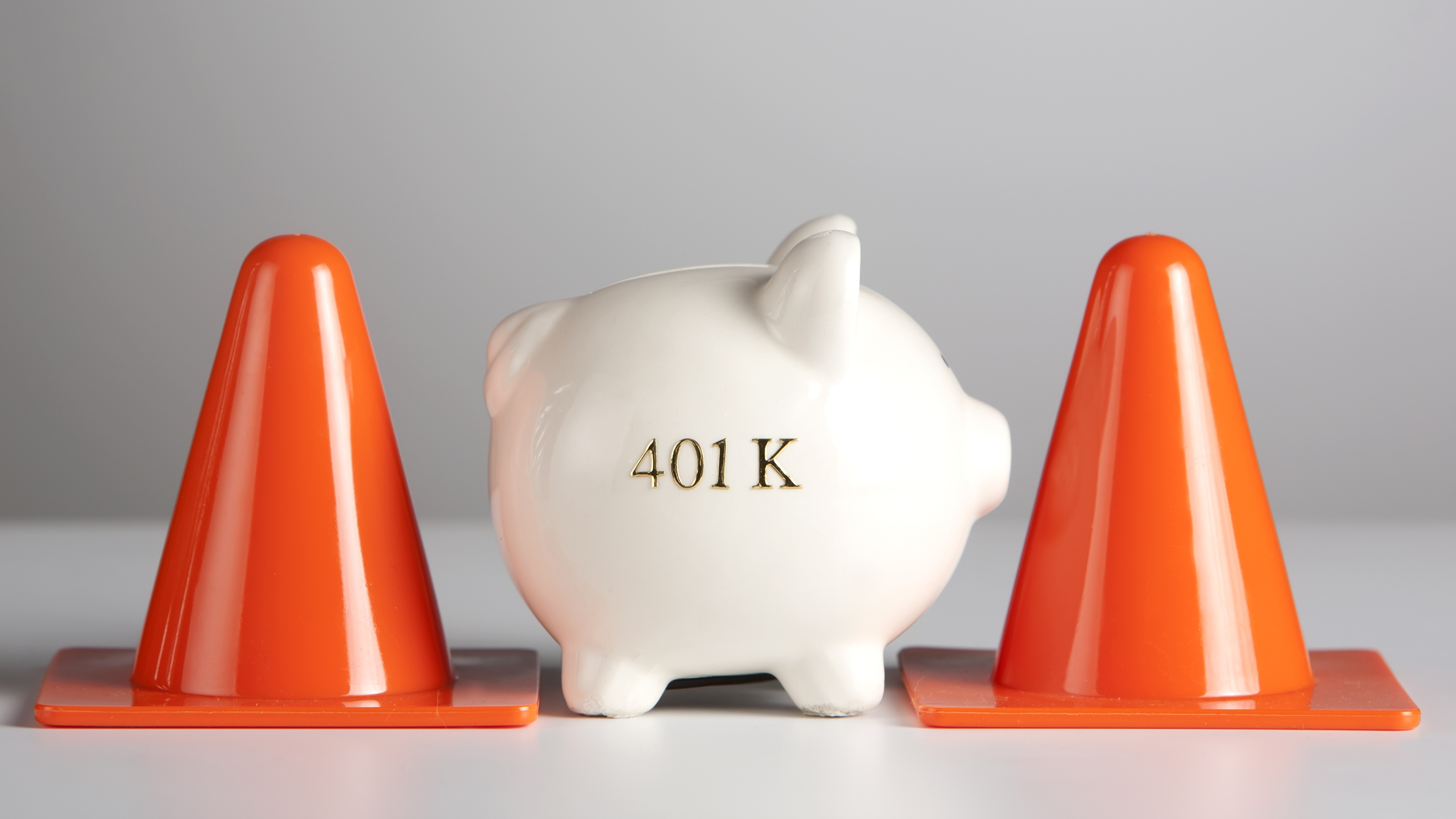 I'm a Financial Adviser: This Is What You're Really Losing if You Cut Back on Your 401(k) Contributions
I'm a Financial Adviser: This Is What You're Really Losing if You Cut Back on Your 401(k) ContributionsMissing out on the benefits of the employer match and compounding growth could force you to work longer and lower your standard of living in retirement. Here are some alternative options.
-
 Preferred Bank Stocks: The Investment Retirees (and Others) May Be Missing Out On
Preferred Bank Stocks: The Investment Retirees (and Others) May Be Missing Out OnMost large banks issue preferred stocks that pay out fixed dividends, often with higher yields than bonds. Should you make room for them in your portfolio?